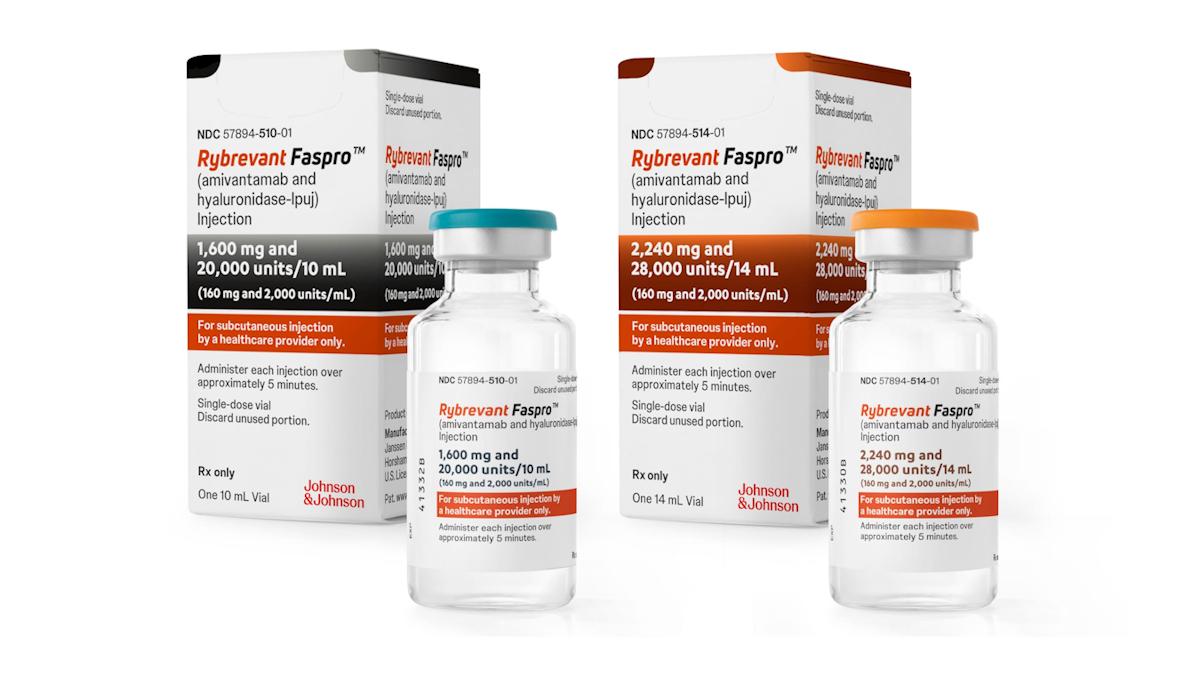As ESMO opens its doors, GSK and AZ prep ‘all-comer’ ovarian cancer data

GlaxoSmithKline and AstraZeneca will go head-to-head with new data on their PARP inhibitor drugs this weekend, as the European Society of Medical Oncology (ESMO) congress in Barcelona gets underway.
AZ will present new data on Merck & Co/MSD-partnered PARP drug Lynparza (olaparib) in ovarian, prostate and pancreatic cancer, while GSK will set out the case for Zejula (niraparib) – acquired along with Tesaro earlier this year – in ovarian cancer.
PARP drugs work by interfering with cancer cells’ DNA repair system, eventually causing them to self-destruct.
First-to-market Lynparza is leading the PARP inhibitor market at the moment with sales of $520m in the first half of 2019 coming from its approved indications in second-line and first-line maintenance therapy for ovarian cancer, and relapsed HER2-negative, BRCA-positive breast cancer.
GSK has high hopes for Zejula – currently only approved for second-line ovarian cancer treatment – and doctors and investors will be looking for strong data in the first-line maintenance setting if it is to mount a challenge to Lynparza, and justify the $5.1 billion the company paid for Tesaro.
At ESMO, AZ will report data from the PAOLA-1 trial reinforcing earlier findings that adding Lynparza to standard treatment with Roche’s Avastin (bevacizumab) provides an improvement in progression-free survival (PFS) as a first-line maintenance therapy in ‘all-comer’ patients, i.e. those with and without BRCA mutations.
Extending use of the PARP inhibitors to new cancers that don’t necessarily involve BRCA and related mutations could dramatically extend the reach of the class, and drive multibillion-dollar sales, according to analysts.
Also on the agenda is the first detailed showing of results from the PROfound trial in metastatic castration-resistant prostate cancer (mCRPC), showing that Lynparza improved radiographic PFS in patients whose tumours had BRCA1/2 or ATM mutations and who had relapsed despite first-line use of new-generation hormonal therapies.
Later at ESMO AZ will present new results from the POLO trial of Lynparza in germline BRCA-positive metastatic pancreatic cancer, a fourth potential cancer indication, showing improved PFS and quality-of-life when used as maintenance therapy for patients whose disease had not progressed during first-line platinum-based chemotherapy.
The centrepiece of GSK’s ESMO presentations for Zejula will be the PRIMA study of the drug as first-line maintenance therapy in newly-diagnosed advanced ovarian cancer, which the company has previously said clearly show that the drug can benefit women independent of their BRCA biomarker status.
The data could potentially lead to the drug being approved in a broader population of patients than Lynparza, which for now is used only for the 15% of ovarian cancer patients who are BRCA-positive.
Lynparza and Zejula are facing increasing competition in the market from new entrants, namely Clovis Oncology’s Rubraca (rucaparib) and Pfizer’s Talzenna (talazoparib).













